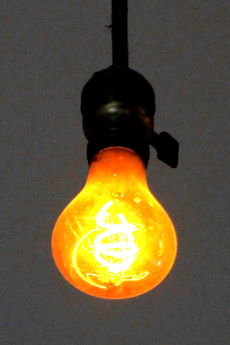Light levels laid out
 The lighting industry has come up with new recommendations on exactly how bright things should be to support people’s internal clocks, restful sleep, and daytime alertness.
The lighting industry has come up with new recommendations on exactly how bright things should be to support people’s internal clocks, restful sleep, and daytime alertness.
Light has a major influence on body rhythms. With 24-hour access to electric light and reduced exposure to natural daylight, many now experience disrupted sleep, which can negatively impact health, well-being, and productivity.
But now, a new project has brought together an international body of leading scientific experts to create the first evidence-based, consensus recommendations for healthy daytime, evening, and nighttime light exposure.
The recommendations are meant to provide guidance to the lighting and electronics industries to aid the design of healthier environments and to improve workplaces, public buildings, and homes.
First, researchers had to properly measure the extent to which different types of lighting might influence body rhythms and daily patterns of sleep and wakefulness.
Light affects these patterns via a specialised type of cell in the eye that uses a light sensitive protein, melanopsin, which is distinct from the proteins in the rods and cones that support vision (and upon which traditional ways of measuring “brightness” are based).
Since melanopsin is most sensitive to light in a specific part of the visual spectrum (blue-cyan light), the new recommendations used a light measurement standard tailored to this unique property - melanopic equivalent daylight illuminance.
Laboratory and field studies suggest that this new measurement approach could provide a reliable way of predicting the effects of light on human physiology and body rhythms.
An important next step will be integration of the recommendations into formal lighting guidelines, which currently focus on visual requirements rather than effects on health and well-being.
Additionally, increasing sophistication in LED lighting technology and the availability of low-cost light sensors are expected to increase the ease with which individuals and workplaces can optimise their light exposure to best support body rhythms.
“These recommendations provide the first scientific consensus, quantitative, guidance for appropriate daily patterns of light exposure to support healthy body rhythms, nighttime sleep and daytime alertness,” says Professor Timothy Brown from the University of Manchester. “This now provides a clear framework to inform how we light any interior space ranging from workplaces, educational establishments and healthcare facilities to our own homes.”
The research is accessible here.








 Print
Print